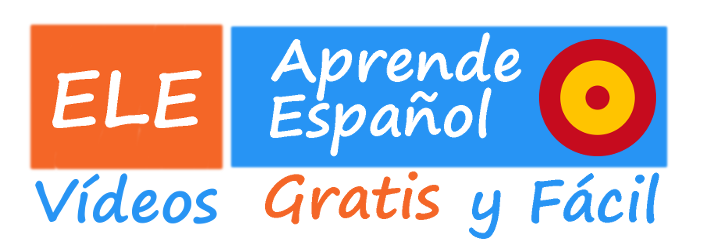According to El Universal, next week the Spanish king, Felipe VI, will be a witness in Mexico to the presentation of the SIELE exam, a new international test of Spanish by the Instituto Cervantes to certificate the level of competency in this language.
If you are one of the 21 million people studying Spanish as a foreign language, then this exam is for you. It will be similar to the American TOEFL exam (Test Of English as a Foreign Language) and will be connected to the 6 levels of the CEFR (Common European Framework of Reference for Languages), which assigns one of 6 levels to the student, depending on their achievement. It will not be a pass-or-fail exam, but a placement text. There will be a scale of scores from 0 to 1000 and students taking the exam will be awarded an A1, A2, B1, B2, C1 or C2 certificate, depending on your mastery of the language.
The test will integrate all the varieties of Spanish spoken in the different countries and will be divided into four parts. The student is free to take all four parts or only some of them, although you must take the whole test in order to get the official certificate from the Instituto Cervantes.
The tests will be taken and evaluated online, except for the writing sections that will be corrected by teachers. You will be able to take this test in the premises of the Instituto Cervantes, in Universities and in test centers all over the world.
The results of the SIELE test will be available within two to four weeks after the exam, much faster that the DELE exam, which takes about six months to be corrected.
The full four part exam will cost about 100 €, although this may vary from country to country.
The first SIELE exams are expected in september 2015, so, if you want to be one of the first to take it... start speaking Spanish now!
The test will integrate all the varieties of Spanish spoken in the different countries and will be divided into four parts. The student is free to take all four parts or only some of them, although you must take the whole test in order to get the official certificate from the Instituto Cervantes.
The tests will be taken and evaluated online, except for the writing sections that will be corrected by teachers. You will be able to take this test in the premises of the Instituto Cervantes, in Universities and in test centers all over the world.
The results of the SIELE test will be available within two to four weeks after the exam, much faster that the DELE exam, which takes about six months to be corrected.
The full four part exam will cost about 100 €, although this may vary from country to country.
The first SIELE exams are expected in september 2015, so, if you want to be one of the first to take it... start speaking Spanish now!





